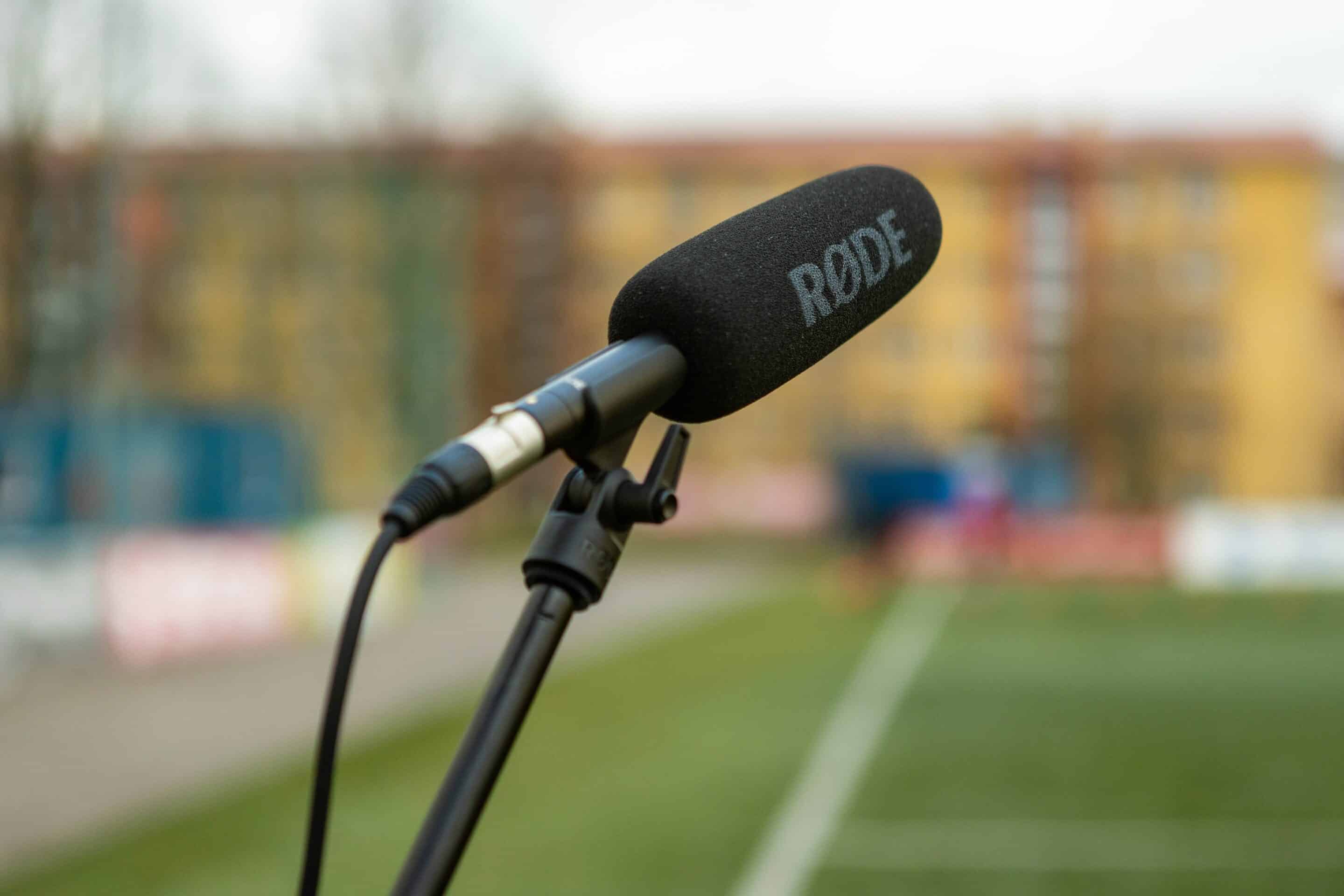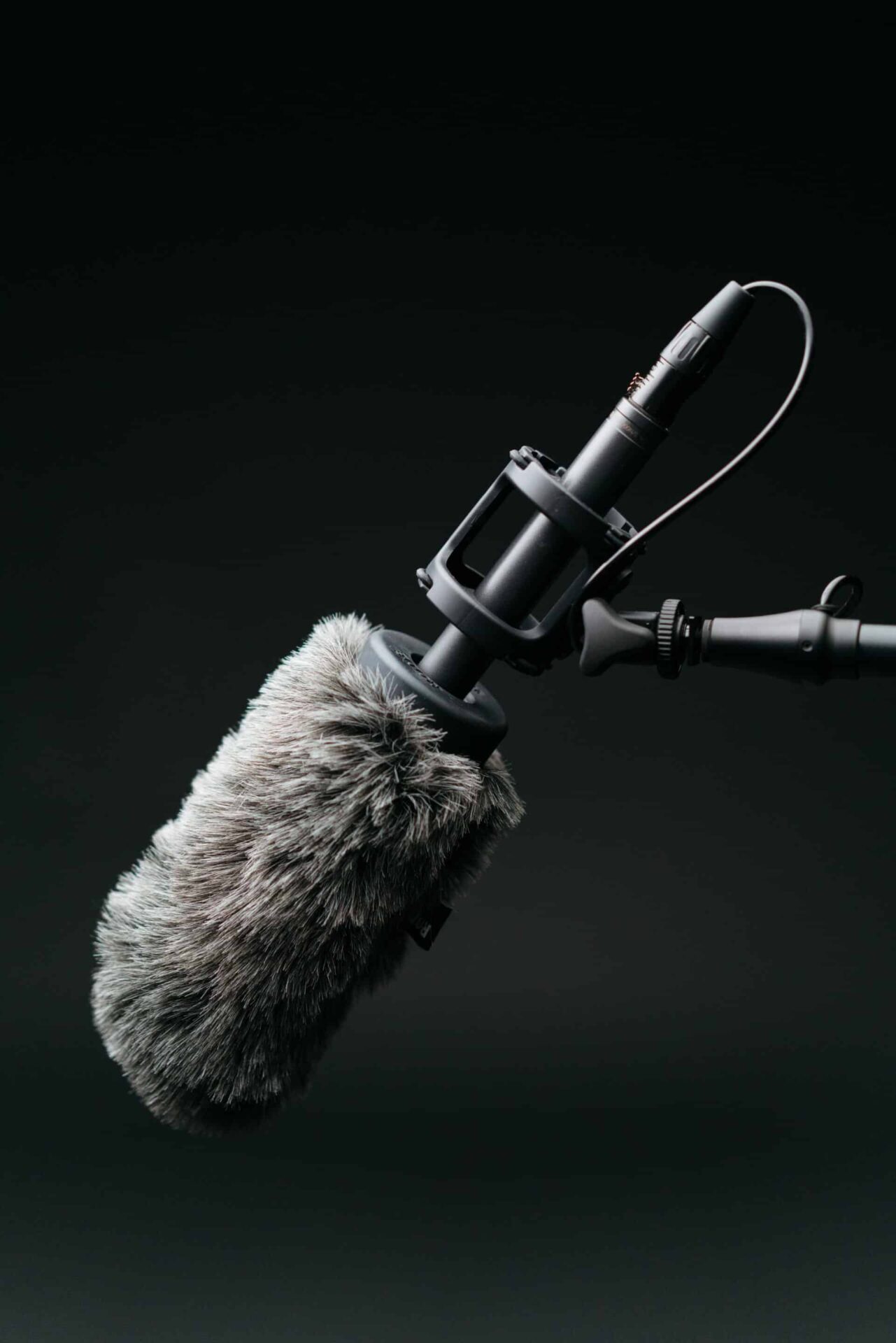What Are The 5 Major Problems With Shotgun Microphones?



When recording audio, shotgun microphones are often the go-to option for professionals. However, some significant problems can still arise when using these microphones.
What are the main problems to look out for? In this blog post, we’ll discuss the top five problems with shotgun microphones and, more importantly, how to avoid them!

1. Poor Wind Protection
One of the biggest issues with shotgun microphones is their susceptibility to wind noise. The interference tubes that give these microphones their directional pickup pattern are susceptible to wind noise. Even a slight breeze can cause unwanted noise in your recordings.
Investing in high-quality wind protection is essential to combat wind noise. Foam windscreens are a cheap and effective option, but they can only do so much. Consider using a furry windjammer or a blimp for more serious wind protection. These accessories will help to reduce wind noise and keep your recordings clean.
2. Off-axis Coloration
Shotgun microphones use an interference tube to cancel out the off-axis sounds, creating some unwanted side effects. The interference tube causes phase cancellation at specific frequencies, depending on the sound source’s angle and the tube’s length. Consequently, the microphone will not reject off-axis sounds evenly across the frequency spectrum. The peaks and valleys in that phase cancelation will affect their tonal quality, making off-axis sounds feel unnatural, hollow, or distorted. For example, suppose you use a shotgun microphone to record a dialog in a reverberant room. In that case, the reflections from the walls and ceiling will sound different from the direct sound of the speaker’s voice, creating an unpleasant effect.

3. Handling Noise
Shotgun microphones are susceptible to handling noise. Any movement or vibration can cause unwanted noise in your recordings. This unwanted noise can be a significant problem if you are recording in a quiet location.
It’s essential to use a shock mount to address this problem. A shock mount will help isolate the microphone from handling noise and keep your recordings clean. Additionally, it’s essential to be mindful of your movements when recording and to avoid touching the microphone as much as possible.
4. A Shotgun Has Limited Pickup Range
Another issue with shotgun microphones is their limited pickup range. According to Shure, a well-respected microphone manufacturer, “A common misconception is that they magically reach out and grab the sound coming from a source; however, in reality, shotgun mics merely reject more of the undesirable off-axis sounds
Don’t expect to pick up a speaker clearly from 10 feet away. There is a reason that boom operators hold shotgun mic as close to an actor as possible without getting in the shot. They have to be that close to get a good audio signal.
5. Limited Pickup Pattern
While many “shotgun mics” provide relatively broad pickup patterns, using one of the few with a highly directional pickup pattern has both advantages and disadvantages. Highly directional microphones reduce off-axis sounds significantly, which is often desirable. However, audio quality will suffer if your subject moves out of the microphone’s pickup pattern. Multiple microphones may be required when recording to provide more coverage and capture all necessary audio.
Our Final Thoughts On Shotgun Microphones Are…
In conclusion, shotgun microphones are a powerful tool for capturing high-quality audio. However, they are not without their problems. You can ensure your recordings are clean and professional by addressing the five issues discussed. With these tips in mind, you’ll be able to get the most out of your shotgun microphone and produce better audio recordings.
To learn more about capturing great audio, please contact us.

Bringing the Distant Near & Keeping Your Vision Clear.


Can Your Mic Reach As Far Your Lens?



Bringing the Distant Near & Keeping Your Vision Clear.


Clear Vision in Seconds, No Contact Required!












